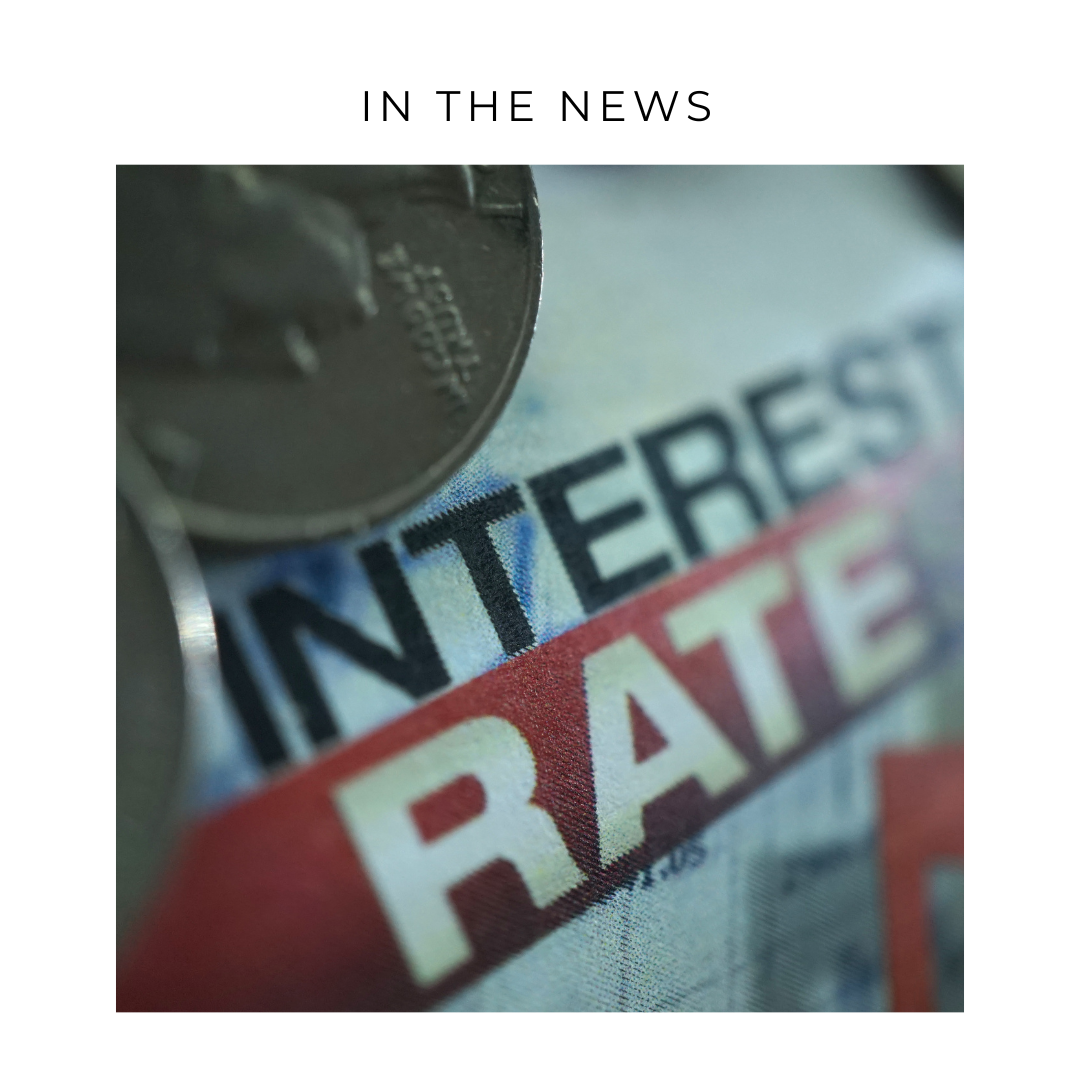The Case for Commercial Real Estate Debt
The commercial real estate landscape is undergoing a transformative phase, and while some investors are apprehensive, others see an abundant horizon of opportunity. Based on Bernstein's insights, here's why commercial real estate debt (CRED) may be a wise investment choice in the current climate:
1. The Valuation Reset:
Rising interest rates, especially the sharp incline witnessed over the past 18 months, have impacted property valuations. The Secured Overnight Financing Rate (SOFR) surged by over 500 basis points, pressuring commercial real estate property valuations to adjust downwards.
As valuations drop, lenders reduce their leverage, and spreads increase to accommodate the perceived market risks. The implication? CRED investors in newly underwritten deals can benefit from more considerable equity buffers, superior returns, and augmented protection.
2. A Favorable Environment for Yields:
The surge in base rates means that lenders can now expect more substantial coupon payments on their loans, resulting in better absolute returns.
The widening of spreads coupled with the rising rates has considerably elevated debt yields in a short span. With interest rates expected to remain elevated, this creates a lucrative environment for lenders.
3. Stronger Loan Structures Are Emerging:
Lenders today, armed with more information and caution, are in a prime position to craft loans with additional protective covenants, robust debt service coverage ratios, and rigorous financial reporting requirements.
More favorable collateral packages and lower loan-to-values (LTVs) are becoming prevalent, granting investors heightened security and peace of mind.
4. A Shift Favoring Alternative Lenders:
The US CRED market, valued at a monumental $5.4 trillion, is witnessing a pivot. Recent challenges faced by institutions like Silicon Valley Bank and Signature Bank are pushing many banks to reduce their commercial real estate lending activities.
This transition will create a funding gap, which alternative lenders can capitalize on, especially in areas where traditional banks are retracting.
5. Opportunities Arise from Evolving Markets:
The existing macroeconomic ambiguity is resulting in dislocations in capital supply and demand, unveiling unique, profitable opportunities.
Some traditional banks, under pressure to reduce their CRED exposure, are either scaling back lending activities or offloading portions of their portfolios. Alternative lenders can step in here, acquiring assets at enticing discounts.
Conclusion:
While certain sectors of the real estate industry face challenges, many of these issues stem from fluctuating interest rates, not foundational imbalances. The commercial real estate sector is resilient and adaptable, having navigated various shifts in the past, from the e-commerce boom to the regional mall sector's decline. By aligning with experienced, disciplined managers, investors can traverse this shifting landscape, positioning themselves for long-term success in commercial real estate debt.
For more information about GDL Capital and commercial real estate investment through syndication, feel free to contact us anytime. We're investing stronger, together and we'd love to work with you! Email: info@gdl.capital | Text: 414.285.7043























